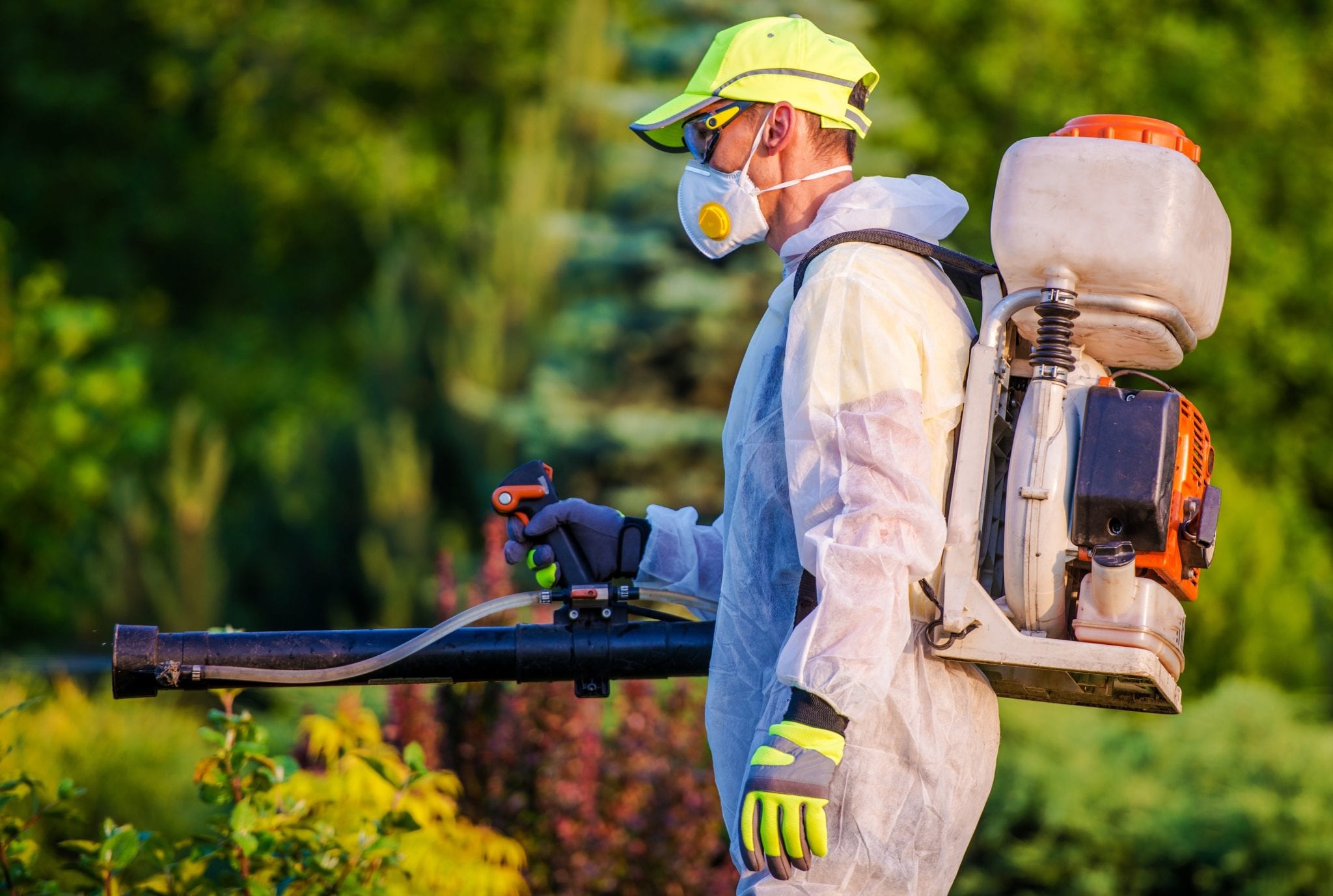Eco-Friendly Pest Control Homestead Options for a Healthier Home
Eco-Friendly Pest Control Homestead Options for a Healthier Home
Blog Article
Discover the Keys of Pest Control: Exactly How It Functions and Process Exposed
Parasite control is a meticulous method that entails a deep understanding of insect habits, strategic preparation, and exact implementation. From determining the origin triggers of infestations to applying customized control steps, the procedure of bug control is a mix of scientific research and strategy intended at maintaining a harmonious environment.
Bug Behavior Comprehending
Understanding the detailed habits of insects is essential for effective pest control management. The habits of roaches, such as their preference for humid and dark environments, guides pest control experts in figuring out where to concentrate therapy initiatives.
Additionally, understanding just how pests communicate with their setting and respond to outside stimulations can boost the efficiency of control techniques. For example, some bugs show signs of resistance to certain pesticides, necessitating the usage of different chemicals or techniques. By staying abreast of the most recent research study on insect actions, bug control experts can constantly refine their approaches and remain in advance of advancing insect populations. Inevitably, a deep understanding of pest behavior is a keystone of effective pest control monitoring.

Evaluation and Recognition Approaches
Effective bug control monitoring counts greatly on careful examination and specific identification techniques to accurately examine infestations and develop targeted eradication techniques. Evaluation entails a complete examination of the building to identify the level of the parasite problem, determine the sort of pest existing, and situate potential access factors. This procedure might include aesthetically checking usual hiding areas, using surveillance devices such as catches or video cameras, and evaluating pest droppings or damage indicators.
Identification is an important action that follows assessment, as various pests need certain treatment techniques. Bug control professionals use their expertise and understanding of bug actions to determine the types existing accurately. This might entail taking a look at physical qualities, such as dimension, color, and markings, in addition to researching the bug's behaviors and environments. Sometimes, samples might be accumulated for more evaluation in a research laboratory to verify the pest species.
Pest Control Steps Execution
Having diligently evaluated and precisely determined the bugs existing, the following critical action is the application of targeted parasite control actions to efficiently get rid of the problem. Chemical treatments include the use of pesticides to get rid of insects, while organic controls present natural predators to manage parasite populaces.
Proper application of bug control measures needs competence to guarantee the security of residents and the environment. When applying chemicals and to utilize appropriate safety tools, it is vital to comply with policies and guidelines. Surveillance and follow-up inspections are important to assess the efficiency of the selected approaches and make any kind of essential adjustments. By using targeted parasite control procedures, problems can be successfully eradicated, creating a healthier and pest-free setting.
Ecological Influence Considerations
When applying insect control actions,Cautious assessment of the possible ecological influence is a vital element. Bug control techniques can have various impacts on the setting, consisting of non-target types being impacted, contamination of soil and water resources, and disruption of the ecosystem. It is vital to think about these elements to lessen any type of negative consequences on the setting.
To mitigate ecological effects, integrated insect administration (IPM) have a peek at this website techniques are typically recommended. IPM concentrates on using a combination of techniques such as biological control, environment manipulation, and the targeted usage of chemicals as a last hope. Pest Control Homestead. By employing an alternative method, IPM intends to manage pests efficiently while reducing damage to the setting

Ongoing Tracking and Avoidance
Continuous surveillance and prevention play crucial roles in keeping reliable pest control methods with time. Once first parasite control actions have been implemented, continuous monitoring becomes important to track insect task levels and ensure that the chosen approaches are functioning successfully. Routine inspections by trained specialists permit for the very early discovery of any indicators of parasite revival, allowing quick action to be taken prior to the infestation rises.
Preventative actions are just as important in maintaining a pest-free environment. Implementing strategies such as sealing access factors, preserving cleanliness, proper waste monitoring, and reducing sources of food and water rob insects of the fundamentals they require to prosper. By proactively attending to these variables, the likelihood of an insect problem is dramatically reduced.
In addition, preventive measures add to the long-term success of bug control initiatives, minimizing the requirement for responsive therapies and linked costs. By including continuous surveillance and avoidance into an extensive parasite monitoring plan, businesses and people can successfully safeguard their buildings against undesirable trespassers.
Verdict
Finally, parasite control involves understanding pest habits, carrying out complete evaluations, applying control actions, taking into consideration ecological effects, and maintaining ongoing tracking and avoidance. By following these actions, parasite infestations can be efficiently taken care of and regulated. It is important to take an aggressive method article to pest control to protect both human wellness and the atmosphere.
By staying abreast of the most recent research on pest actions, parasite control professionals can constantly improve their techniques and stay in advance of developing pest populaces.Having diligently examined and accurately identified the parasites existing, the next vital step is the implementation of targeted insect control actions to successfully remove the invasion.Furthermore, selecting ecologically friendly bug control products and approaches can significantly decrease the ecological footprint of parasite monitoring practices - Pest Control Homestead. When initial bug control actions have actually been applied, continuous surveillance becomes crucial to track bug activity levels and make Find Out More sure that the selected methods are functioning effectively.In final thought, insect control includes understanding parasite behavior, carrying out comprehensive inspections, applying control actions, thinking about ecological impacts, and keeping ongoing surveillance and prevention
Report this page